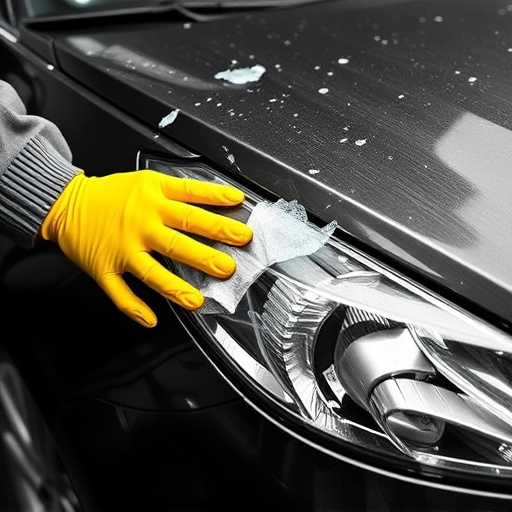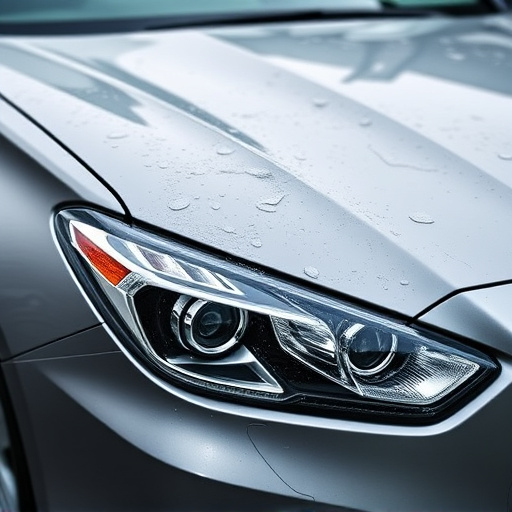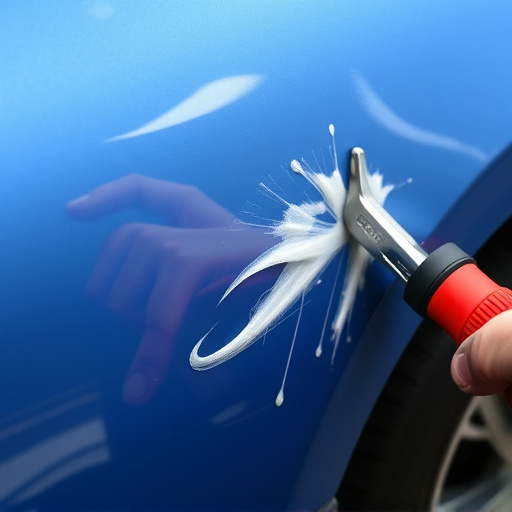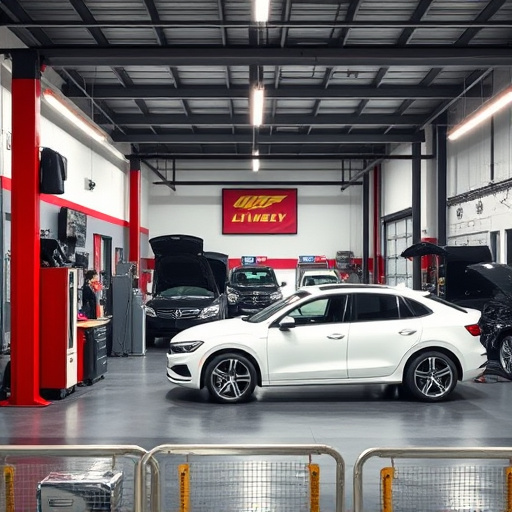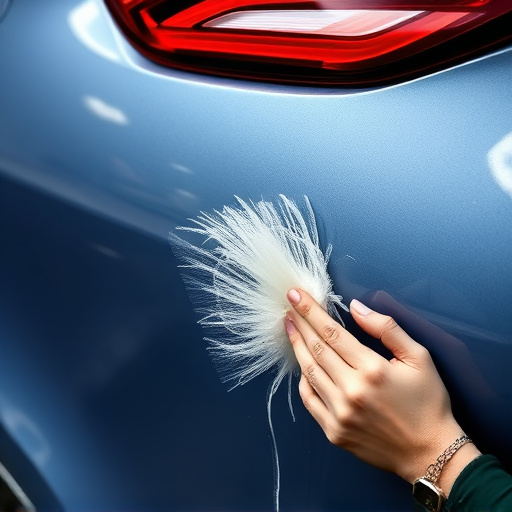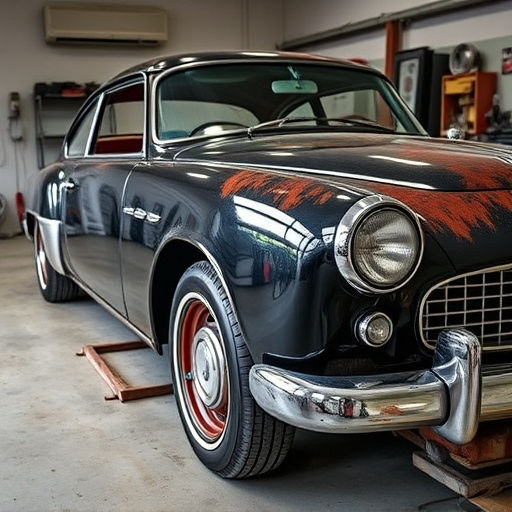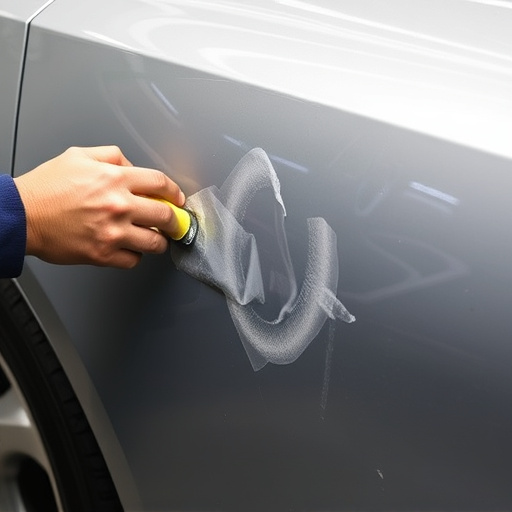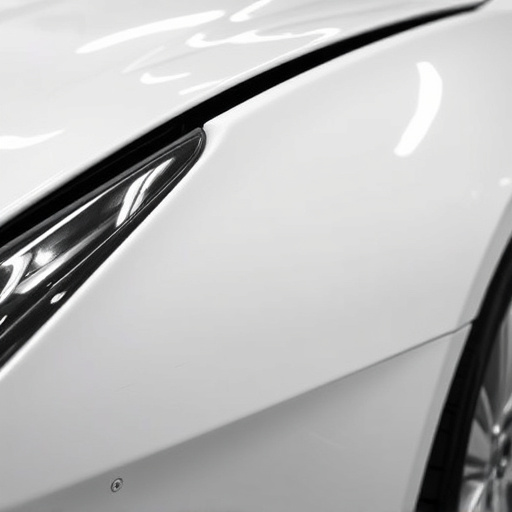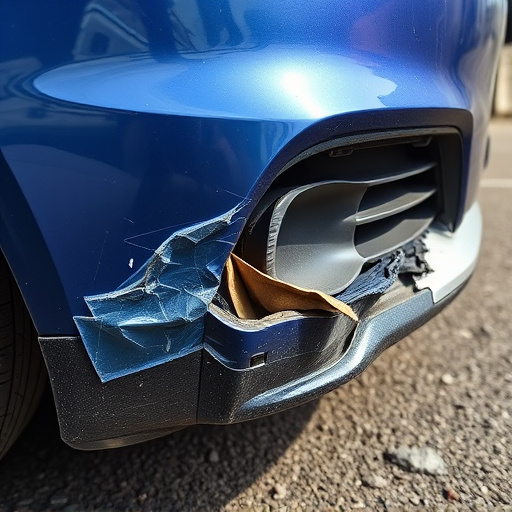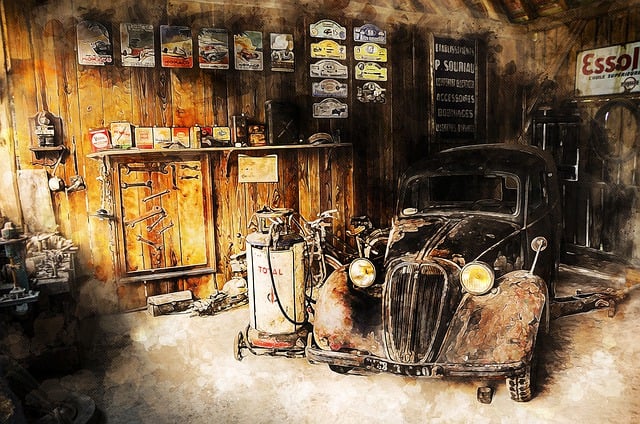Paintless dent repair (PDR) leverages metal memory, the metal's natural ability to return to its original shape after deformation. Skilled technicians apply precise pressure with specialized tools to gently reshape bent car panels, removing dents without damaging the paintwork. This non-invasive PDR method is cost-effective, swift, and popular for its minimal disruption to car paint services, offering customers a quick collision repair experience.
“Unraveling the mysteries of metal memory in paintless dent repair (PDR) offers a revolutionary approach to automotive body restoration. This article delves into the scientific fundamentals, exploring how metal retains its shape post-impacts and the role of elasticity in PDR’s success. We’ll guide you through the technique’s step-by-step process, revealing how specialized tools reshape metal without paint damage. Furthermore, we’ll analyze its advantages, limitations, and real-world applications, providing insights into when this innovative paintless dent repair method excels.”
- The Science Behind Metal Memory
- – Exploring the properties of metal and how it retains shape after impacts
- – The role of elasticity and plastic deformation in dent repair
The Science Behind Metal Memory

The concept of metal memory in paintless dent repair (PDR) is a fascinating scientific phenomenon that plays a pivotal role in transforming damaged car bodies back to their original state. At its core, metal memory refers to the ability of metallic materials to return to their original shape after being deformed or bent. In the context of PDR, this science is harnessed to reverse dents and creases without the need for traditional painting or bodywork.
When a collision occurs, car bodies often sustain complex deformities. The paintless dent repair method leverages the metal’s inherent memory by applying precise pressure and techniques to realign the bent panels. This process stimulates the metal’s natural response to return to its original dimensions, effectively removing dents and restoring the car body to its pre-damage condition. Understanding this science not only highlights the advanced nature of modern repair methods but also emphasizes the precision required in collision centers or car body restoration workshops to achieve flawless results.
– Exploring the properties of metal and how it retains shape after impacts
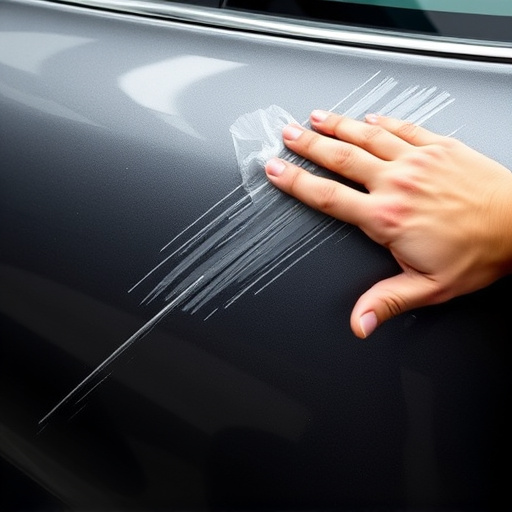
Metal, a versatile and durable material, possesses remarkable properties that make it ideal for various applications, particularly in automotive industries. When it comes to paintless dent repair (PDR), understanding how metal retains its shape after impacts is crucial. Unlike other materials, metal has a unique ability to deform without permanent damage, making it a preferred choice for PDR techniques.
In the context of mercedes benz repair or any car bodywork, the metal’s crystal structure plays a significant role in its resilience. The atomic bonds within the metal allow it to absorb and dissipate energy during an impact, enabling it to return to its original shape without leaving visible scars. This inherent flexibility is what makes PDR possible, where skilled technicians use specialized tools to gently reshape the metal, removing dents and restoring the car’s body to its pre-damage condition, all without damaging the paintwork.
– The role of elasticity and plastic deformation in dent repair
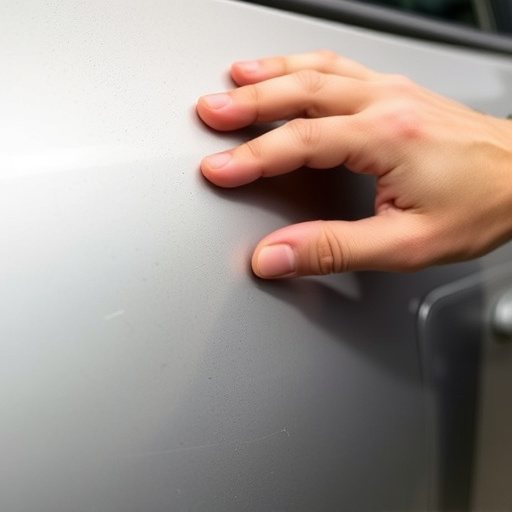
In the realm of paintless dent repair (PDR), understanding metal memory is key to achieving flawless results. Elasticity and plastic deformation play a pivotal role in this unique auto repair services approach, allowing technicians to reverse damage without traditional painting or bodywork. PDR leverages the metal’s inherent ability to return to its original shape after being gently manipulated, making it an effective solution for minor dents and dings.
This method involves specialized tools that apply precise forces to the dented area, encouraging the metal to spring back to its former state. By controlling the amount of plastic deformation, PDR specialists can effectively remove imperfections, restoring the vehicle’s exterior to near-original condition. As a result, collision repair centers offering PDR services are increasingly preferred for their cost-effectiveness and minimal disruption to car paint services, ensuring customers get back on the road with minimal downtime.
In conclusion, understanding metal memory is a key aspect of the paintless dent repair method. By leveraging the inherent elasticity and plastic deformation properties of metals, professionals in this field can effectively restore vehicles to their pre-impact condition without the need for traditional painting or bodywork. This advanced technique not only preserves the vehicle’s original finish but also showcases the remarkable capabilities of metal memory in damage restoration.
